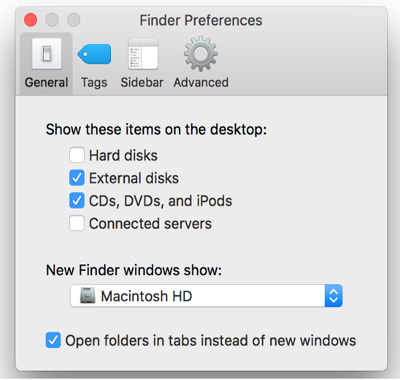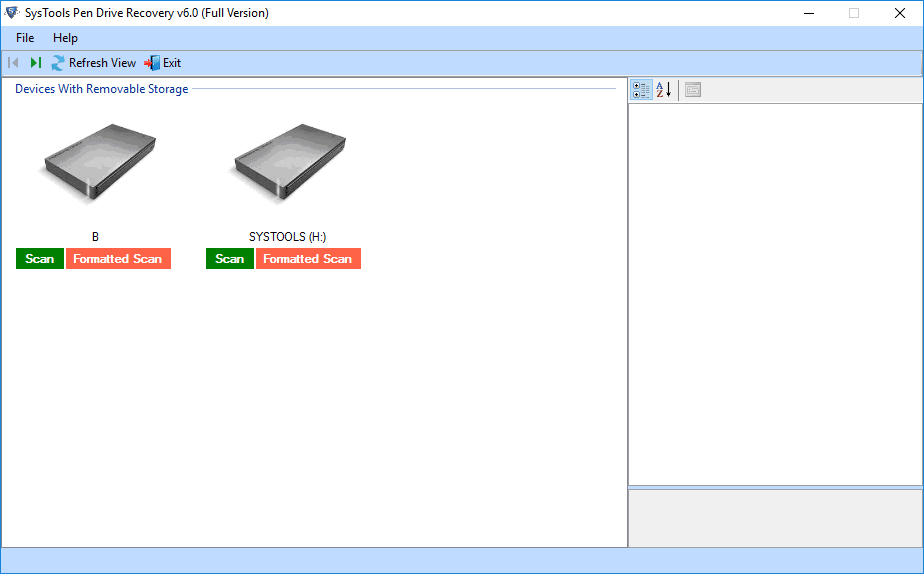
 Solution 1: Change Drive Letter and Paths. 7 Best Solutions to Fix “Please Insert Disk into Removable Disk” Error. It is not necessary to disable it to boot from USB flash drives. Select AHCI as SATA mode, not RAID or legacy. There should not be any reason to switch to legacy BIOS mode. Various tips not directly related to USB flash drives not showing up in the list of boot devices. Prepare the USB flash drive with Rufus instead of Windows Media Creation Tool. Reset the BIOS settings to the factory defaults. If your USB flash drive still does not show up in the list of boot devices give the following a go. USB support: full initialization (also sometimes called Fastboot: thorough). Make sure USB boot support is enabled in the BIOS by checking settings like the following (existence and naming depend on your BIOS): If the USB flash drive does not show up in the BIOS even after switching to a USB 2 device, try the following. That was when I decided to write this article. Having exhausted all options (including replacing Media Creation Tool with Rufus) I tried with a dead cheap drive I found on my wife’s desk. No combination of BIOS settings made the flash drive appear in the list of boot devices. Recently though, I got cocky (and also could not find that known good drive): I tried a modern USB 3.x flash drive on a brand-new Dell XPS 15, only to fail miserably. The experience was so frustrating that I used the same “proven” old USB flash drive ever since. It took me several hours to identify USB 3 as the root cause. Personally, I encountered it as early as 2013 with a Sony Vaio laptop. The sad news is that, even in 2020, BIOS support for USB 3.x can be buggy or simply be missing. If in doubt: USB 2 flash drives are cheaper and slower, USB 3.x drives are bulkier. When that happens, a common cause is USB 3.x and the solution is simple: use a USB 2 flash drive. Sometimes, however, it breaks at a crucial step: the USB flash drive does not show up in the list of bootable devices. The process outlined above is simple and painless. Problem: USB Flash Drive Does Not Show Up Windows setup starts and takes you through the installation. Select the USB flash drive from the list. During the BIOS initialization phase, press ESC/F12 to bring up the list of boot devices (here is a handy list of hotkeys covering most vendors). Connect the USB flash drive to the PC or laptop. Create a bootable Windows Setup USB flash drive, either with Windows 10 Media Creation Tool or with Rufus.
Solution 1: Change Drive Letter and Paths. 7 Best Solutions to Fix “Please Insert Disk into Removable Disk” Error. It is not necessary to disable it to boot from USB flash drives. Select AHCI as SATA mode, not RAID or legacy. There should not be any reason to switch to legacy BIOS mode. Various tips not directly related to USB flash drives not showing up in the list of boot devices. Prepare the USB flash drive with Rufus instead of Windows Media Creation Tool. Reset the BIOS settings to the factory defaults. If your USB flash drive still does not show up in the list of boot devices give the following a go. USB support: full initialization (also sometimes called Fastboot: thorough). Make sure USB boot support is enabled in the BIOS by checking settings like the following (existence and naming depend on your BIOS): If the USB flash drive does not show up in the BIOS even after switching to a USB 2 device, try the following. That was when I decided to write this article. Having exhausted all options (including replacing Media Creation Tool with Rufus) I tried with a dead cheap drive I found on my wife’s desk. No combination of BIOS settings made the flash drive appear in the list of boot devices. Recently though, I got cocky (and also could not find that known good drive): I tried a modern USB 3.x flash drive on a brand-new Dell XPS 15, only to fail miserably. The experience was so frustrating that I used the same “proven” old USB flash drive ever since. It took me several hours to identify USB 3 as the root cause. Personally, I encountered it as early as 2013 with a Sony Vaio laptop. The sad news is that, even in 2020, BIOS support for USB 3.x can be buggy or simply be missing. If in doubt: USB 2 flash drives are cheaper and slower, USB 3.x drives are bulkier. When that happens, a common cause is USB 3.x and the solution is simple: use a USB 2 flash drive. Sometimes, however, it breaks at a crucial step: the USB flash drive does not show up in the list of bootable devices. The process outlined above is simple and painless. Problem: USB Flash Drive Does Not Show Up Windows setup starts and takes you through the installation. Select the USB flash drive from the list. During the BIOS initialization phase, press ESC/F12 to bring up the list of boot devices (here is a handy list of hotkeys covering most vendors). Connect the USB flash drive to the PC or laptop. Create a bootable Windows Setup USB flash drive, either with Windows 10 Media Creation Tool or with Rufus. 
Clean Install of Windows: How the Process Should Work Getting rid of all the unwanted modifications is a powerful motivation to install Windows from scratch, specifically on new devices. Instead, they make any number of changes to the preinstalled OS that may introduce bloat and security issues. PC or Laptop vendors do not ship “clean” Windows installations on their devices. Penguin USB by Lucius Kwok under CC Why Install Windows From Scratch?






 0 kommentar(er)
0 kommentar(er)
